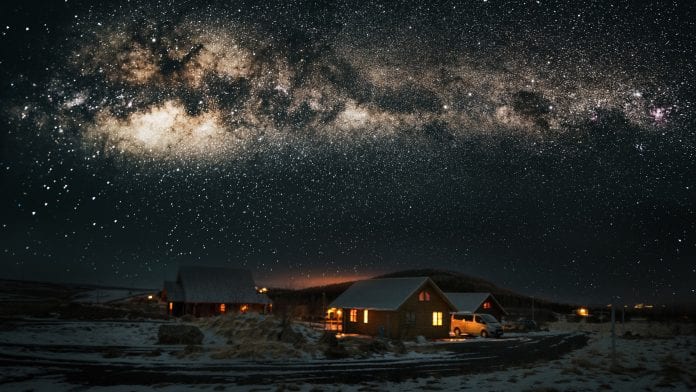
According to Ohio State University, USA, artificial light at night isn’t just a health problem – it also hurts the entire outdoor ecosystem health.
When creatures that live in and around streams and wetlands are settling into their night time routines, artificial light such as streetlights and other sources of illumination filter through the trees and into their habitat, disrupting their normal state of affairs and impairing the ecosystem health.
The detrimental effect of artificial light
Mazeika Sullivan, director of Ohio State’s Schiermeier Olentangy River Wetland Research Park and associate professor of environment and natural resources, explains: “This is among the first studies to show that light at night has detrimental effects not just on individual organisms in the environment, but also on communities and ecosystems.”
“Night time light is having profound impacts that extend to the entire ecosystem.”
Though many people might not consider it, artificial light is a pollutant, changing the natural course of life for people, animals and plants, especially as urbanisation is rapidly increasing across the globe.
“We are experiencing this pollution that we don’t think about, but it’s all around us and it’s chronic and it’s happening everywhere – from newly lit villages in rural Africa to streams alongside the highway in Columbus, Ohio,” Sullivan adds.
“It’s also unprecedented in Earth’s history.”
The harm on the ecosystem
The researchers found that species composition changed with increases in light intensity.
They also discovered that the food chain length of the invertebrate communities, a measure that tells researchers about the complexity of a food web, shortened with more light exposure.
“Decreases in food chain length are a pretty big deal, as it reflects not just changes in the architecture of an ecosystem – the numbers of various species – but also shifts in ecosystem stability and nutrient flows,” Sullivan said.
“Artificial light decreased food chain length in this study, which means the ecosystem is less complex.”
The researchers also saw detrimental changes in energy flow – how nutrients are cycled between aquatic and nearby ecosystems. In particular, invertebrates became less reliant on food sources that originate in the water when they were exposed to moderate light levels.
Artificial light doesn’t just disorientate gamers, but turtles too
“The classic example is hatchling sea turtles that became disoriented and instead of going toward the moonlit ocean at night, they were headed inland, toward coastal lighting,” Sullivan said.
But until now, scientists haven’t fully detailed the broader implications, that being: how light might affect species interactions, communities and important ecosystem functions.
Going forward, Sullivan would like to explore larger ecosystem-level questions, such as how light’s effects contribute to fish and bird populations and to water quality. And ultimately how to better environmental health.









